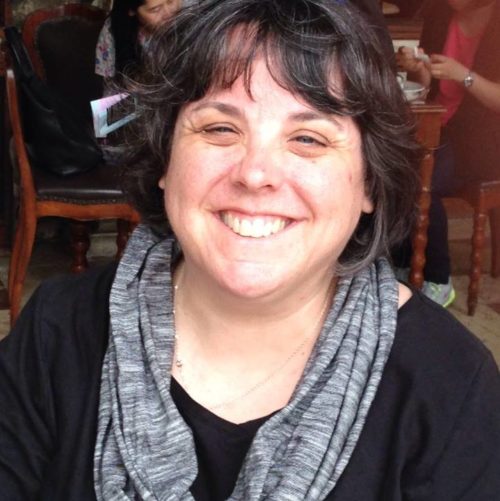Imagine that the entire city of Miami just disappeared. The whole population: gone.
Or maybe you can imagine Omaha or Raleigh better.
The official population of each of these cities is actually fewer than the 500,000 Americans dead over the past year from COVID-19—a mark that we hit this week.
What a grim milestone. Half of a million people never to return. Imagine that.
I really can’t. The magnitude staggers me, and I struggle to comprehend that level of loss. It’s hard to wrap one’s mind around the fact that COVID-19 has now killed more people in the US than the combined American combat deaths in World War II, Korea, and Vietnam.
But if I struggle with conceptualizing a loss equivalent to every seat in Michigan’s Big House, emptied five times over—I am staggered by particularity, too. I’ve never forgotten one of my favorite college professors, in the course of one of our classes on the bloody conflicts that characterized 19th century western U.S. history, remarking in her lecture, “Only 7 people died in the skirmish.” And then, stopping short and correcting herself: “it is never ‘only’; ‘only’ erases the individual loss of each person. No, it is never ‘only.’”
How do we represent the loss? The New York Times had each life represented by a single dot on the front of this Sunday’s edition. The PBS Newshour presents stories each Friday, profiling those who have died. Candles were lit at the White House yesterday.
But more, how will we respond? This week I was interviewed by a student journalist and asked what I advised to get through what has already been a difficult semester. The question put me in mind of a short, intense poem by W.S. Merwin:
Separation
Your absence has gone through me
Like thread through a needle.
Everything I do is stitched with its color.
A year on, I do not think we yet know all the ways that our “stitchings” will take on new hues—just that they have already begun to. We don’t yet know all the loss we will need to mark, the lament we will need to offer, the gratitude we’ll give to those who have served at the forefront: there’ll be a lot of it all by the time we are finally in the “after times.” What we do know is that a great sundering has taken place—and that even as we name it, we must also not “grow weary in well-doing” by continuing to work to repair, however small our stitches may be. So much kindness and forbearance, sacrifice and service remain ahead. Courage, dear hearts.

